Most Software Development projects suffer from a multitude of extensions, often resulting in competing requirements that endlessly push up effort and costs. The focus on the solution and user acceptance has long been lost. This development is not uncommon in companies, but can be counteracted with the help of Requirement Engineering.
What is Requirement Engineering?
Requirement Engineering, also called Requirement Analysis, is a central part of the Software Development process. In this process, the requirements for the system to be developed are defined using a systematic procedure. The goal of Requirement Engineering is to create a uniform understanding not only of the project participants, but also of the software.
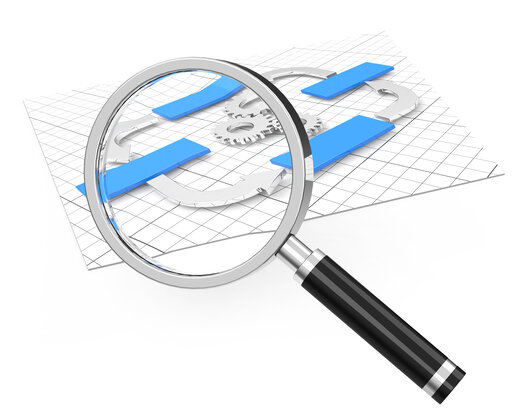
Requirement Engineering Procedure
Do you develop systems with state-of-the-art technologies and want to ensure that you develop the right systems that your customer really want? We offer methods and tools to efficiently elicit, document, verify and manage requirements in the context of Requirement Engineering.
Identification
A common understanding of the system to be developed and the project goals is established with the help of workshops on the digital whiteboard. In addition to identifying functional and non-functional requirements, sources of requirements (stakeholders, systems) and their techniques are also defined. This creates a professional orientation framework for the work of the project team and a basis for stakeholder communication. Solutions are then developed and evaluated to meet the requirements and achieve the objectives.
Documentation
The documentation of the whole aims to describe the requirements adequately, so that they are, for example, unambiguous, testable and understandable. This is done through so-called user stories and application scenarios (use cases). These can be easily understood and evaluated by stakeholders and users.
Verification & tuning
Now we know the target state (requirement specification) and analyze the actual state (requirement specification) on the basis of this scope. In doing so, we should not forget to incorporate improvements into the structures, principles and processes. An analysis also always requires a certain kind of lateral thinking and questioning, because ultimately the new system is intended to improve workflows.
Management
In the context of requirements management, everything relating to the project must be stored where everyone involved in the project can find it. In the simplest case, this is done directly in the whiteboard or the project canvas, in complex projects in requirements databases and ticket systems such as Jira software.
Design Thinking
The underlying method of Requirement Engineering is Design Thinking.
For the requirements analysis, we use design thinking to look at the solution from different angles, generate implementation ideas, involve users in the design and develop a common objective for the project. In this way, the teams learn to overcome boundaries, to deal with given framework conditions, and not to lose sight of the innovative. Ultimately, nothing is more motivating than a clear goal that you yourself helped to formulate.
Our Services regarding Requirement Engineering
The aim of a requirements specification (including specifications, functional specifications, technical concept) is to formulate the requirements in such a way that a common understanding of the system to be developed is created between the customer and the contractor. Natural language is used for representation.
Consulting Workshop
Target orientation
Implementation
A selection of our customer projects
We have already implemented individual requirements with application development in numerous customer projects. Read the reference stories here:

Application Development

Application Modernization

Enterprise Architecture – Synchronising Business and IT

TIMETOACT implements integrated insurance software

FinOps

FinOps Microsoft - Microsoft Cloud Cost Optimization

FinOps Consulting

HCL Digital Xperience

Agile Software Development

Data Vault Modeling Approach

Database technologies

Dashboards & Reports

IT Service Management – Optimal support for IT processes

Incident communication management

Big Data, Data Lake & Data Warehousing

Enterprise Content Management (ECM) & Archiving

Conception of individual Analytics and Big Data solutions

Enterprise Content Management (ECM) & Archiving

Data Science, Artificial Intelligence and Machine Learning
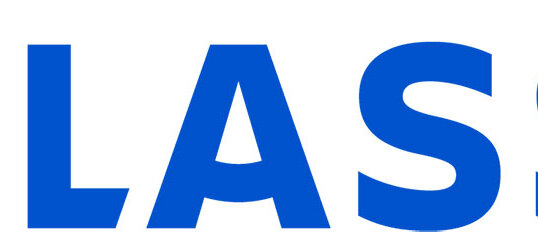
Bamboo, Bitbucket, Sourcetree
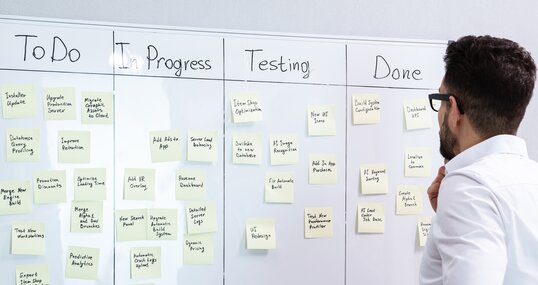
Standardize and optimize project management | Atlassian
Jira Service Management from Atlassian

Cloud Migration | Atlassian

Atlassian Crucible

Atlassian Fisheye

IT Controlling – Determination and allocation of IT costs

Data Integration, ETL and Data Virtualization

IBM Cloud Pak for Data

Data Governance

IBM Cognos Analytics 11

Operationalization of Data Science (MLOps)

IBM Cloud Pak for Application

IT Asset Management – Reducing Costs and Risks Sustainably

Business Intelligence

IBM Cloud Pak for Automation

IT strategy – A clear goal and the way to achieve it

Demand Management – Clarity on IT needs

Introduction of Jira to Hamburger Hochbahn
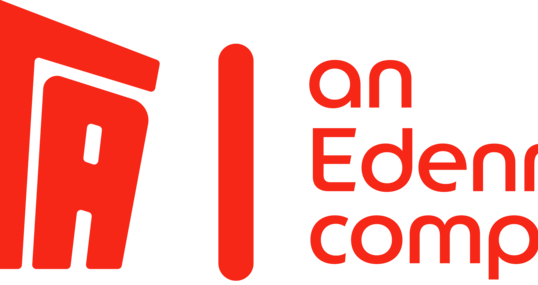
Mix of IASP & ILMT support for optimal license management

IBM Netezza Performance Server

IT security – protection against cyber attacks

IBM Db2

IBM Planning Analytics mit Watson
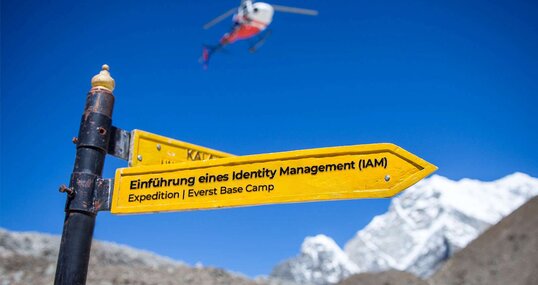
Expedition zum Identity Management

Standardized data management creates basis for reporting
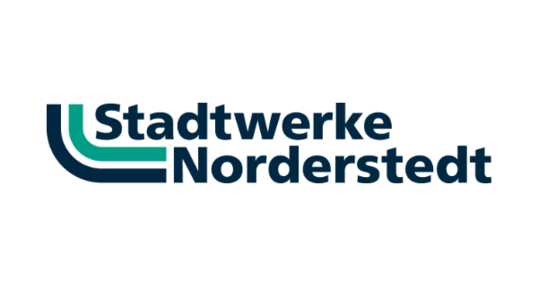
Talend migration in record time

Smarter mobility with the portal switchh

Atlassian Crowd

Reduce your costs with Software Asset Management (SAM)!

Fullstack Development

Anwendungsmöglichkeiten

HCL Leap and Volt

Notes / Domino
Confluence from Atlassian

HCL Connections Engagement Center

TIMETOACT simplifies reporting in IBM Cognos

Application Performance Monitoring Service

Application Performance Monitoring Service

Flexibility in the data evaluation of a theme park

Infrastructure Resource Management

Infrastructure Resource Management

Dresscode and eBagTag - Customized protective clothing

Enterprise Service Management
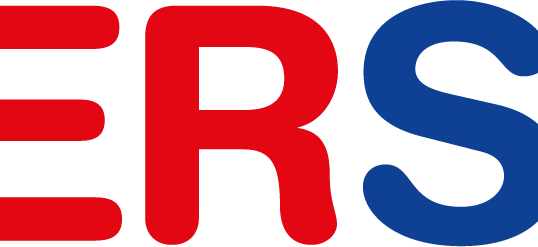
License and software consulting from a single source

HOCHBAHN Managed Services

License analysis and license consulting

License and contract optimization
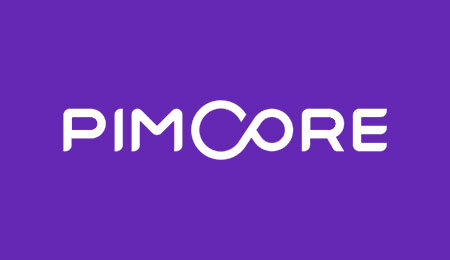
Pimcore als Open Source Software Platform

Managed Services & Support

Demand Planning, Forecasting and Optimization

IT Sourcing & Vendor Management – Managing IT Partners

IBM Watson Knowledge Studio
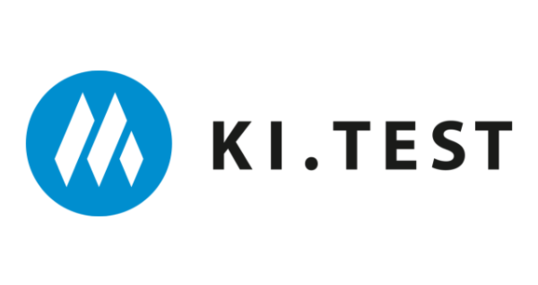
Interactive online portal identifies suitable employees
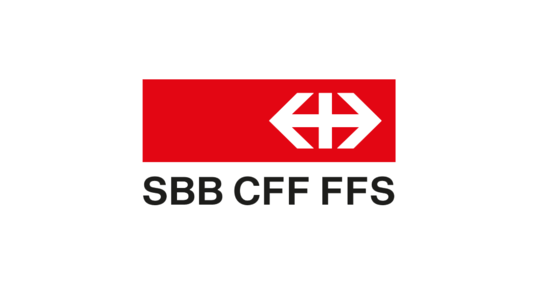
Interactive stock map for Schweizerischen Bundesbahnen

Containerisation with Open Source



